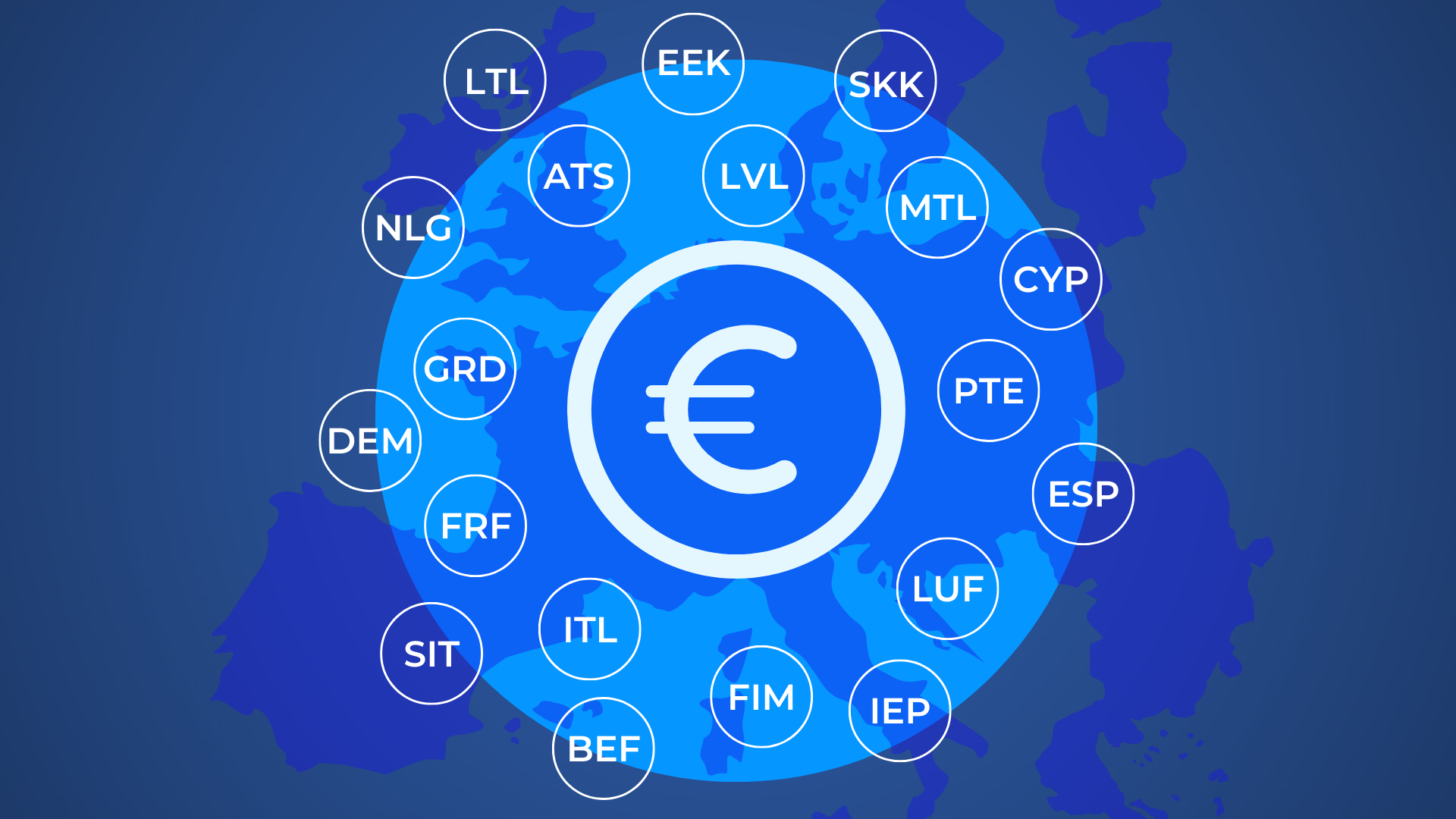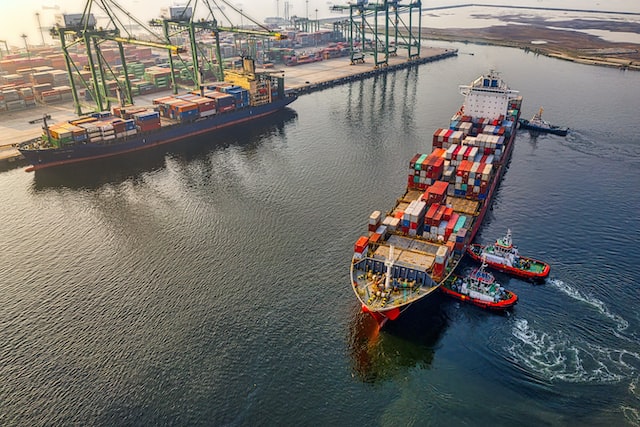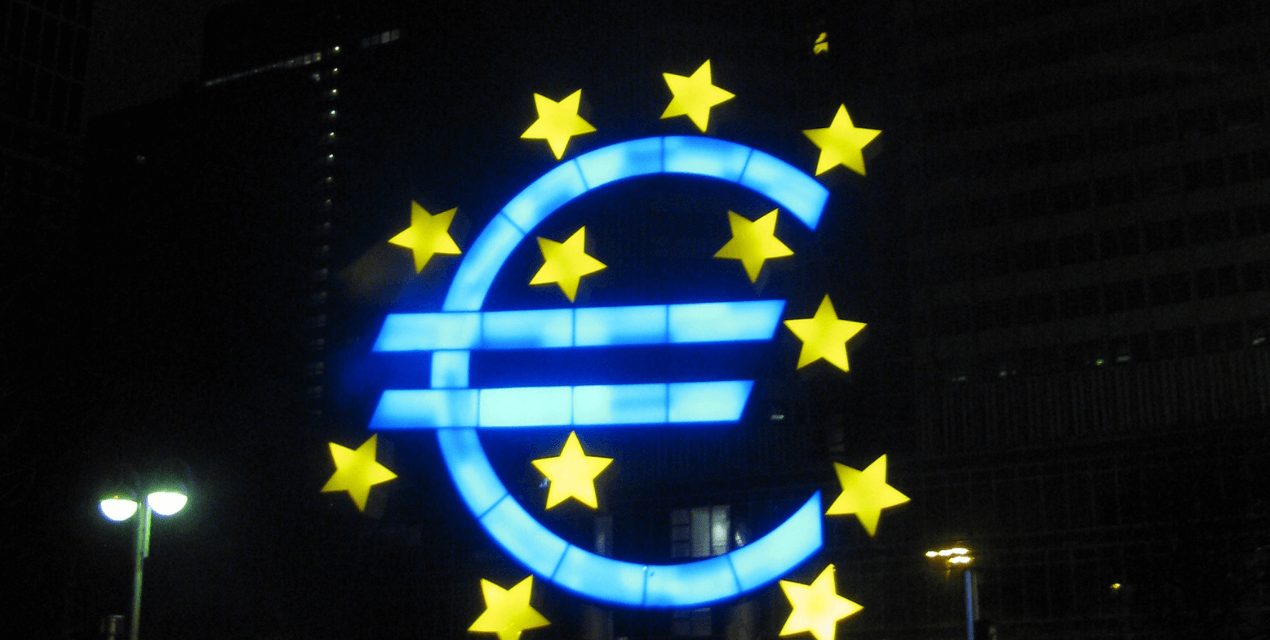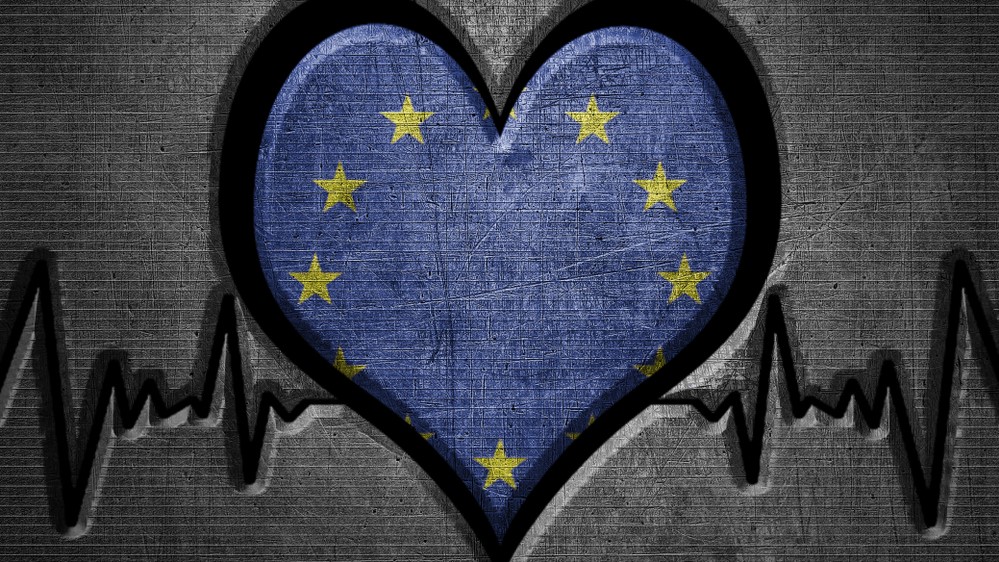Beyond the EU enlargement paradox
- Read more about Beyond the EU enlargement paradox
- Log in to post comments
Optimising opportunities and minimising risks
This Clingendael report analyses the so-called ‘EU enlargement paradox’, which refers to the notion that EU enlargement is both inevitable and impossible at the same time. It is inevitable for geostrategic reasons, given Putin’s Russian imperial revisionism. But at the same time, EU enlargement is impossible for political institutional reasons. At the moment, neither the eligible candidate countries, nor the EU at large, nor the electorates in key EU Member States are ‘enlargement fit’. How could the Dutch government deal with this paradox?
This paper aims to set the scene for the forthcoming debate in the Netherlands on the future of EU enlargement. To serve as a basis for risk analysis, it provides a systematic overview of various trade-offs on five policy domains: 1) geopolitics, security and defence; 2) rule of law and democracy; 3) economy and budget; 4) migration and free movement of persons; and 5) EU institutional structure.
The report draws on findings from the latest Clingendael Barometer survey, which analysed Dutch public opinion towards enlargement along these dimensions.
Auteurs
René Cuperus - Senior Research Fellow, Clingendael Institute
Saskia Hollander - Senior Research Fellow, Clingendael Institute









